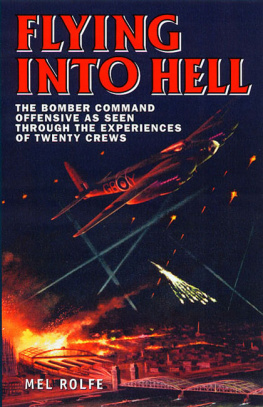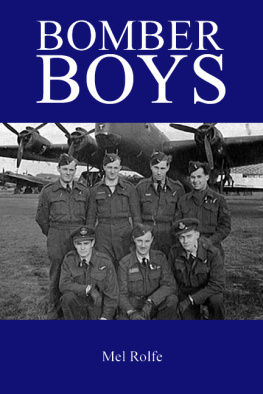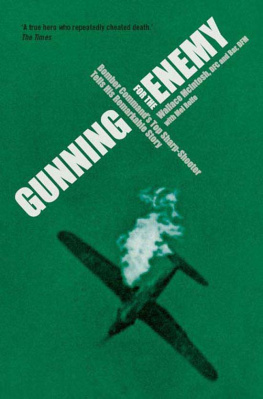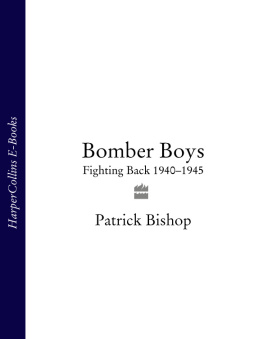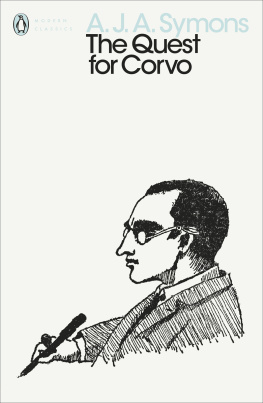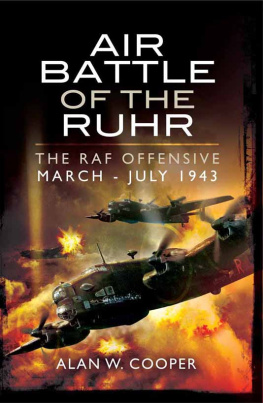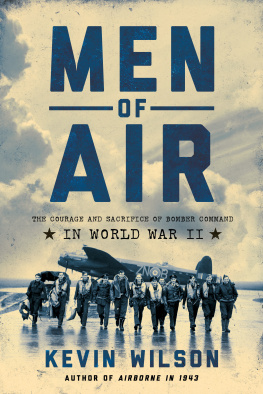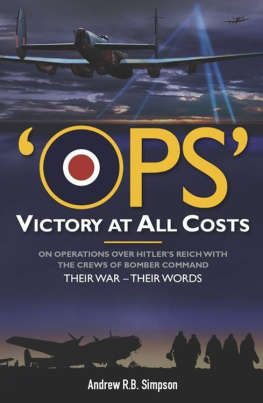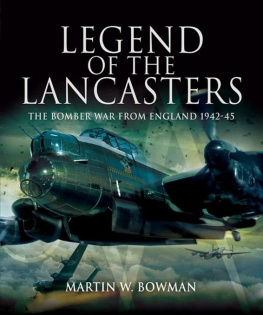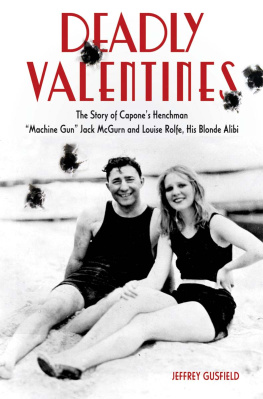The amazing resilience of the human spirit has never been displayed more strikingly or gallantly than by the men who flew with Bomber Command. Their aircraft were packed with high-explosive bombs, incendiaries, ammunition and thousands of gallons of high-octane fuel, all of which combined to convert them into flying coffins.
RAF fighters saw off Goerings Luftwaffe intruders during The Battle of Britain night after night between June 1940 and the early summer of 1941, but it was our bombers which packed the killer punch. Many of the men who fought and won the bomber war for Britain from September 1939 until May 1945 were little more than boys. Some, seeking adventure, had come straight from school and had known no other life. They all wanted to do their bit: to bomb to smithereens the brutal Nazis gigantic war machine, making sure that Germany would never start another war.
CHAPTER ONE
FIELDS OF CONVENIENCE
Early in the Second World War there was no fixed length of time for a tour in Bomber Command. Newly-qualified aircrews arriving in high spirits at operational squadrons, soon realised they were expected to carry on flying either until the war ended, or they were dead. This was an unhealthy situation, not dissimilar to the Great War when young men were liberally used as cannon fodder, being urged from the trenches as inadequate battering rams against the shells of the German guns. Even so, aircrews were not too dismayed. They were young, believing themselves to be immortal. It was only the other fellows who would be killed.
Former bomber pilot Hedley Hazelden says: The open-ended tour obviously didnt encourage one a great deal, but we very soon got used to it. Although after leaving on my first trip and getting involved with the enemy guns, I thought it would be curtains for me and was rather surprised when I got back. By later experience it was not a tough op, but to me as a beginner it was.
Twenty-five-year-old Hazelden was based at Waddington, flying twin-engine Hampdens with 44 Squadron, co-pilot to Sergeant Jimmy Kneil, a Devonian, when they were briefed to attack Antwerp on 17 September 1940.
Hazelden recalls that first sortie:
There was a lot of gunfire, which Id never seen before, and I made an error while going across the North Sea by laying off the wind the wrong way. I fortunately realised the mistake after about half-an-hour and was able to correct it, so we did make the target, but we must have done rather an odd track across the sea.
Radar was in its infancy. We hadnt anything in the way of radar in the aircraft. Navigation was all dead reckoning. We had a magnetic compass, but no radio compass and none of the radio aids which became commonplace later on. I did all the navigating then, when we got to the target, I moved round to the bomb sight, advised the skipper how to steer on to it and, eventually, released the bombs.
Navigation was very much a matter of what we called eye-balling, being able to see where you were going. Clear moonlit nights were our busy times. If you couldnt see you could probably navigate into the area of the target, using compass and calculations, for dead reckoning. But if the target was covered by cloud you might have to abort because you wouldnt know where you were dropping the bombs.
We bombed the docks at Antwerp from 8,000ft and I was highly delighted when we got back. Coming under fire for the first time you have the feeling that anybody on the ground who pointed a gun into the air couldnt miss you. In fact, of course, he could, and most of the time he did. Theres an awful lot of sky and we later realised it took a bit of doing to direct a gun to hit a moving aircraft.
During my first tour few German fighters seemed to be in action. I saw one once when he took a shot at me, which missed, after crossing the Belgian coast on the way home from a raid.
The Handley Page Hampden was known aptly as The Flying Suitcase. It was cramped, uncomfortable and unheated. Maximum width in the fuselage was three feet, reducing to a few inches, room enough only for the crew to sit down. Fair-haired Hazelden, a broad powerfully-built six footer, weighing nearly fifteen stones, reached his position by crawling under the pilots seat into the nose. He had a table on which he could spread his navigators maps. There was also a machine gun which he could use if they were attacked. He did not lack jobs to keep himself occupied. The bomber also carried two gunners, one of whom had the additional responsibility of wireless operator. The rear gunner sat underneath in the tin, with a pair of Vickers gas-operated guns. The Hampden was powered by two 980hp Pegasus XVIII engines.
In 1940 bombers did not fly in streams: this came later. For now, they flew as individuals. Given details of the target and concentrations of flak to avoid, they worked out their route and took off, without the inconvenience of a set time to arrive over the target.
In the month after Antwerp their targets included Boulogne, Mannheim, Bordeaux, Lorient, Essen, and Berlin, from which they returned with engine trouble. On 16 October, still flying with Kneil, Sergeant Hazelden was in Hampden P2142 carrying four 5001b bombs to drop on an oil plant at Leuna, near Leipzig.

